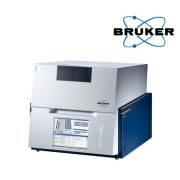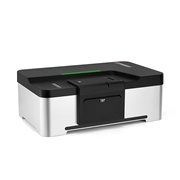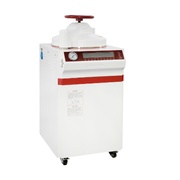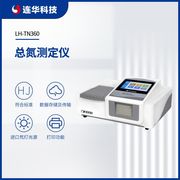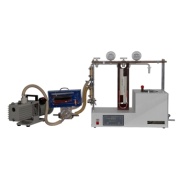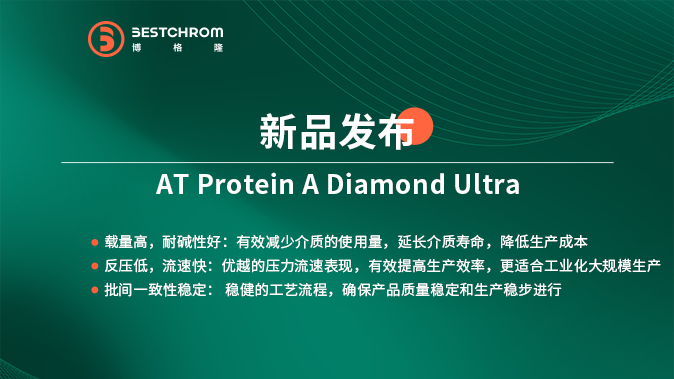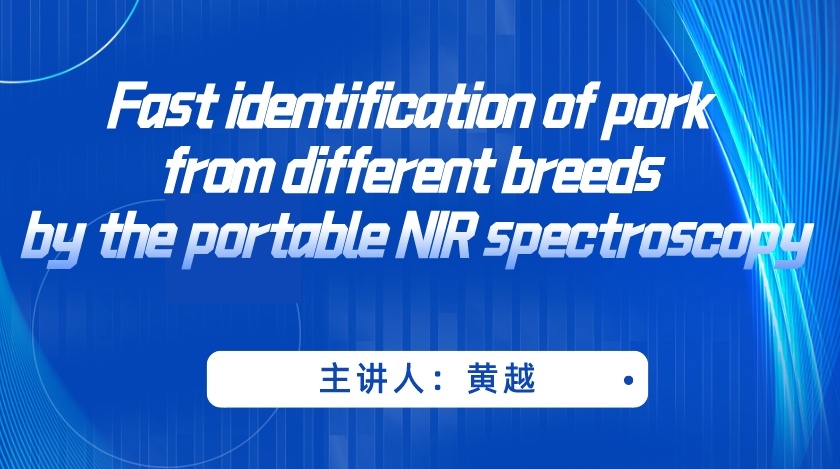NR21-20000P
Processing
The film of 20 μm in thickness
Preliminary process recipe guidelines for patterning 20 μm thick Negative Resist NR21-20000P
film, with application of a single spin coat:
1. Application of NR21-20000P resist from a static dispense by spin coating at 3000 rpm for 40
s. Acceleration from 0 to 3000 rpm is conducted in less than 1 s. Dispense nozzles should be
removed from dispense line since they produce film thickness nonuniformity. Amount of
dispensed NR21-20000P is 7 mL per 6 inch diameter wafer.
2. Softbake on a hotplate at 150℃ for 120 s.
3. Substrate cooling in a carrier for 900 s. Avoid placing the substrate on metal surface.
4. Resist exposure in a tool emitting 365 nm wavelength.
5. Post-exposure bake on a hotplate at 80℃ for 300 s.
6. Substrate cooling in a carrier for 900 s. Avoid placing the substrate on metal surface.
7. Resist development in Resist Developer RD6 by immersion and agitation at 20-25℃.
Development time for 20 μm thick film is 120 s.
8. Resist rinse in deionized water until water resistivity reaches prescribed limit.
9. Drying of resist.
10. Electroplating process step.
11. Removal of resist in Resist Remover RR41.
The above procedure refers to substrates, which are good conductors of heat such as silicon, GaAs,
etc. When a substrate is a poor conductor of heat, such as glass, bake times need to be increased by
the time it takes to heat up a substrate to prescribed temperature.
The film of 40 μm in thickness
Preliminary process recipe guidelines for patterning 40 μm thick Negative Resist NR21-20000P
film, with application of a single spin coat:
1. Application of NR21-20000P resist from a static dispense by spin coating at 3150 rpm for 10
s. Acceleration from 0 to 3150 rpm is conducted in less than 1 s. Dispense nozzles should be
removed from dispense line since they produce film thickness nonuniformity. Amount of
dispensed NR21-20000P is 7 mL per 6 inch diameter wafer.
2. Softbake on a hotplate at 150℃for 180 s.
3. Substrate cooling in a carrier for 900 s. Avoid placing the substrate on metal surface.
4. Resist exposure in a tool emitting 365 nm wavelength.
5. Post-exposure bake on a hotplate at 80℃ for 300 s.
6. Substrate cooling in a carrier for 900 s. Avoid placing the substrate on metal surface.
7. Resist development in Resist Developer RD6 by immersion and agitation at 20-25℃.
Development time for 50 μm thick film is 180 s at 23℃..
8. Resist rinse in deionized water until water resistivity reaches prescribed limit.
9. Drying of resist.
10. Electroplating process step.
11. Removal of resist in Resist Remover RR41.
The above procedure refers to substrates, which are good conductors of heat such as silicon, GaAs,
etc. When a substrate is a poor conductor of heat, such as glass, bake times need to be increased by
the time it takes to heat up a substrate to prescribed temperature.
The film of 50 μm in thickness
Preliminary process recipe guidelines for patterning 50 μm thick Negative Resist NR21-20000P
film, with application of a single spin coat:
1. Application of NR21-20000P resist from a static dispense by spin coating at 1500 rpm for 10
s. Acceleration from 0 to 1500 rpm is conducted in less than 1 s. Dispense nozzles should be
removed from dispense line since they produce film thickness nonuniformity. Amount of
dispensed NR21-20000P is 7 mL per 6 inch diameter wafer.
2. Softbake on a hotplate at 150℃for 150 s.
3. Substrate cooling in a carrier for 900 s. Avoid placing the substrate on metal surface.
4. Resist exposure in a tool emitting 365 nm wavelength.
5. Post-exposure bake on a hotplate at 80℃ for 300 s.
6. Substrate cooling in a carrier for 900 s. Avoid placing the substrate on metal surface.
7. Resist development in Resist Developer RD6 by immersion and agitation at 20-25℃.
Development time for 50 μm thick film is 150 s.
8. Resist rinse in deionized water until water resistivity reaches prescribed limit.
9. Drying of resist.
10. Electroplating process step.
11. Removal of resist in Resist Remover RR41.
The above procedure refers to substrates, which are good conductors of heat such as silicon, GaAs,
etc. When a substrate is a poor conductor of heat, such as glass, bake times need to be increased by
the time it takes to heat up a substrate to prescribed temperature.
The film of 100 μm in thickness
Preliminary process recipe guidelines for patterning 100 μm thick Negative Resist NR21-20000P
film, with application of a single spin coat and two hotplate softbakes:
1. Application of NR21-20000P resist from a static dispense by spin coating at 1200 rpm for 10
s. Acceleration from 0 to 1200 rpm is conducted in less than 1 s. Dispense nozzles should be
removed from dispense line since they produce film thickness nonuniformity. Amount of
dispensed NR21-20000P is 7 mL per 6 inch diameter wafer.
2. Delay after coating for 300 s.
3. Softbake on a hotplate at 80℃for 600 s, followed by:
4. Softbake on a hotplate at 150℃for 300 s.
5. Substrate cooling in a carrier for 900 s. Avoid placing the substrate on metal surface.
8. Resist rinse in deionized water until water resistivity reaches prescribed limit.
9. Drying of resist.
10. Electroplating process step.
11. Removal of resist in Resist Remover RR41.
The above procedure refers to substrates, which are good conductors of heat such as silicon, GaAs,
etc. When a substrate is a poor conductor of heat, such as glass, bake times need to be increased by
the time it takes to heat up a substrate to prescribed temperature.
The film of 50 μm in thickness
Preliminary process recipe guidelines for patterning 50 μm thick Negative Resist NR21-20000P
film, with application of a single spin coat:
1. Application of NR21-20000P resist from a static dispense by spin coating at 1500 rpm for 10
s. Acceleration from 0 to 1500 rpm is conducted in less than 1 s. Dispense nozzles should be
removed from dispense line since they produce film thickness nonuniformity. Amount of
dispensed NR21-20000P is 7 mL per 6 inch diameter wafer.
2. Softbake on a hotplate at 150℃for 150 s.
3. Substrate cooling in a carrier for 900 s. Avoid placing the substrate on metal surface.
4. Resist exposure in a tool emitting 365 nm wavelength.
5. Post-exposure bake on a hotplate at 80℃ for 300 s.
6. Substrate cooling in a carrier for 900 s. Avoid placing the substrate on metal surface.
7. Resist development in Resist Developer RD6 by immersion and agitation at 20-25℃.
Development time for 50 μm thick film is 150 s.
8. Resist rinse in deionized water until water resistivity reaches prescribed limit.
9. Drying of resist.
10. Electroplating process step.
11. Removal of resist in Resist Remover RR41.
The above procedure refers to substrates, which are good conductors of heat such as silicon, GaAs,
etc. When a substrate is a poor conductor of heat, such as glass, bake times need to be increased by
the time it takes to heat up a substrate to prescribed temperature.
The film of 100 μm in thickness
Preliminary process recipe guidelines for patterning 100 μm thick Negative Resist NR21-20000P
film, with application of a single spin coat and two hotplate softbakes:
1. Application of NR21-20000P resist from a static dispense by spin coating at 1200 rpm for 10
s. Acceleration from 0 to 1200 rpm is conducted in less than 1 s. Dispense nozzles should be
removed from dispense line since they produce film thickness nonuniformity. Amount of
dispensed NR21-20000P is 7 mL per 6 inch diameter wafer.
2. Delay after coating for 300 s.
3. Softbake on a hotplate at 80℃for 600 s, followed by:
4. Softbake on a hotplate at 150℃for 300 s.
5. Substrate cooling in a carrier for 900 s. Avoid placing the substrate on metal surface.
相关产品



 仪器对比
仪器对比




 关注
关注
